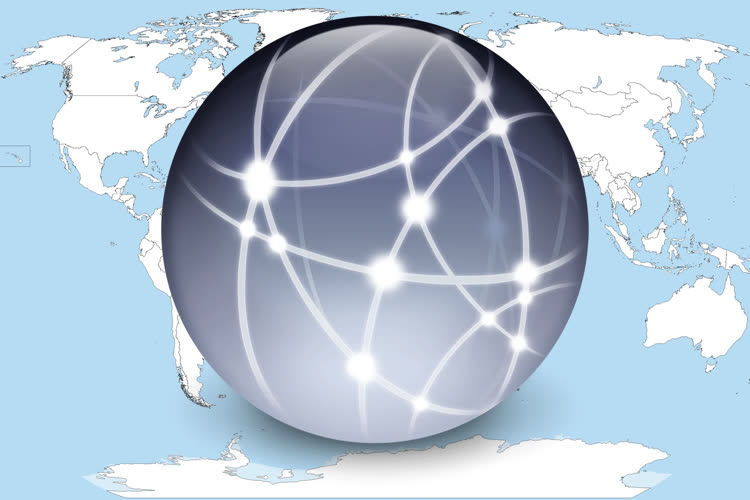
40 years ago, on January 1, 1983, ARPANET transformed into the TCP/IP protocol, which is the basis of the Internet (I in IP stands for Internet). Prior to this date, the network that connected universities and military sites also used (until 1980) the NCP protocol (network control protocol).
The transition took place in 1983
The transition from NCP to TCP/IP dates back to January 1, 1983, but this is the date of the actual abandonment of NCP: RFC801 It dates back to November 1981 and outlines the key stages, including the abandonment of the NCP. But in this document, it is explicitly stated that the servers are already using TCP/IP at this time.
TCP (for Transmission Control Protocol) is a transport protocol that is still in use today and will manage the transfer of data. It cuts data into pieces on one side, to reconstruct them in the correct order on the other side and manages data transfers between the two computers. IP, for Internet protocol, placed under TCP in the OSI model and specifically manages addressing in the network (yes, an IP address is associated with this protocol). In 1983, IPv4 came into play: with just over 4 billion possible addresses, the limits seemed a long way off. In 2023, IPv6 (its successor) is widely used to support the very large number of devices connected to the Internet.
In 2022, the Internet is still largely based on TCP/IP, although other protocols exist and are used for different purposes. Finally, we can note that DNS, which seems to be an essential part of our current experience, was not implemented until a few months later, in November 1983. Prior to this date, computers connected to ARPANET used a hosts which contains the IP addresses (v4) of the various servers, with all imaginable errors in this case.





